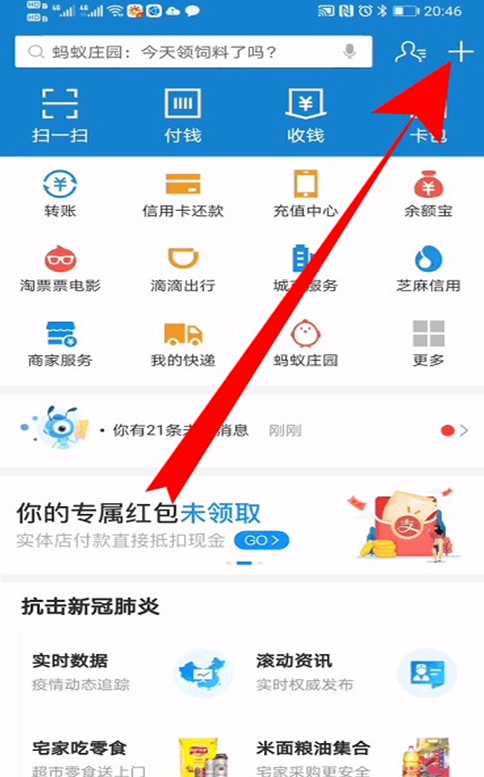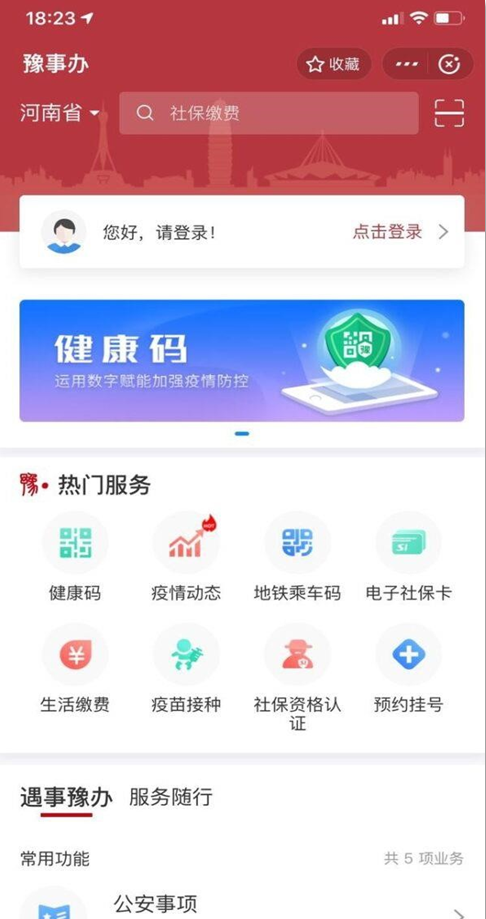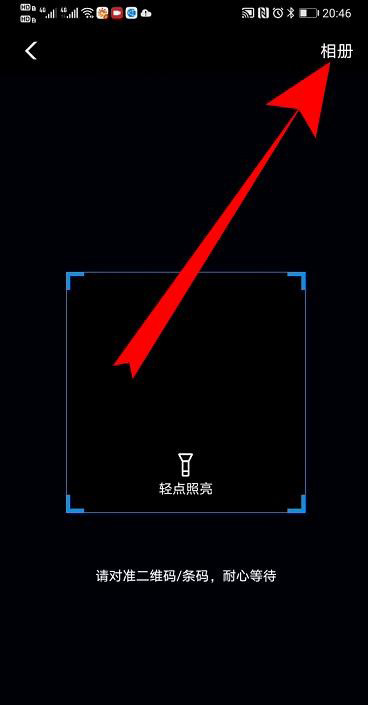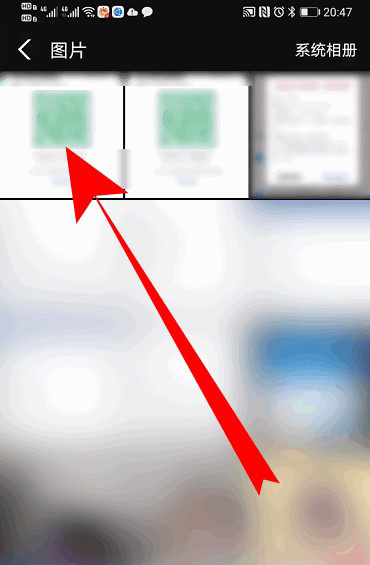Tracing Apps and Digital Divide (2): Path Dependency and Unintended Consequences in Technology Design
The technological choices in the design of the tracing apps in different societies and countries are contingent upon specific needs and cultural and political environments, and show a strong tendency of path dependency.
Written by Jack Linzhou Xing
Published on 05/04/2021
It is clear that the three regions in East Asia, or even narrower, the greater China area, adopted sharply different technologies to design their tracing apps. How could such a sharp difference come into being? What factors shaped all these technological choices in the design of the tracing apps? What are the implications of these technological choices when it comes to the digital divide and the accessibility to elderly people, or, do these technological choices even involve the digital divide into concern at all?
Health QR Code in China: Existing Infrastructure and Path Dependency
One striking feature, striking enough even compared to all kinds of tracing apps all over the world, is that the Health QR Code in China was built within existing apps developed and operated by private companies, i.e., WeChat and Alipay. As shown by the story of the invention of Health QR Code [see Tracing Apps and Digital Divide (1)], the contingent and specific spatiotemporal situation of the invention, the existing infrastructural foundation, and path dependency play a much more significant role in the technological design than ex-post rational concerns about factors such as the digital divide and accessibility do.
As another article, “Health QR code: Technological and/orSocial Infrastructure about Pandemic Control and Privacy,” showed, the Health QR Code was invented in a very limited time by an IT team organized by the Public Security Bureau of Hangzhou City. In February 2020, faced with the urgent situation when the pandemic was reaching its peak in China but people were moving back to big cities after the Chinese New Year, the Public Security Bureau of Hangzhou City organized a temporary team led by Zhong Yi (钟毅), staff at the cybersecurity section, to develop a tool to trace people’s movement. The Health QR Code, first built in the existing app of Alipay, was the output of Zhong’s team after three days of work.[1] Later, the system was further improved to also function within the app of WeChat.

Hangzhou was the first city to invent an IT-based health tracing system in China, and it was not surprising that it chose Alipay as a vantage point. As the birthplace of the Chinese tech giant Alibaba, the parent company of Alipay, Hangzhou has always been a pioneer in adopting digital-based everyday service and surveillance technologies. Its police bureau, correspondingly, is experienced in adopting IT tools to deal with public-security- and surveillance-related issues. Under the urgent requirement of pandemic control, it seemed natural and intuitive for governments like the Hangzhou government to resort to a quick and convenient IT-based solution.
Of course, such an intuitive move needs the help of other infrastructural foundations to come into being. The first and most obvious foundation is the popularity of the apps of Alipay and WeChat. As of 2020, Alipay has had 0.9 billion active users in China,[2] while according to Wu, WeChat has already got 1.1. billion active users as early as 2019.[3] The second lies in the fact that both Alipay and WeChat allow for sub-systems or tools developed by other developers to be used within them. In this sense, Alipay and WeChat are not only personal transaction tools, but also platforms for all kinds of mobile-internet-based services. The general trend of app design among Chinese tech firms, i.e., the tendency to design apps – no matter what the focus of its function – as general-purpose platforms, provided chances for the government design team to put the Health QR code system into existing popular apps.
The third foundation is beyond the level of technology – Chinese tech firms are used to cooperating with or even acting under the order of the central and local governments in China. Built upon this tradition, they have routinized and highly efficient mechanisms to collaborate with urgent government requests. Outside such a political atmosphere and routine, it is not easy to imagine that private enterprises can collaborate with the government in such a smooth manner.
Based on all these factors, the “natural” and “intuitive” choice of the Hangzhou government turned out to be very successful. The Health QR Code system, of which design took merely three days, received more than 1.3 million registrations within the first day of its launching and before the government imposed any regulations.
Such naturalness and intuitiveness in the technological design is a sign of path dependency – under the urgent situation, the government teams take advantage of whatever foundations at hand to build a system that is as quick and effective as possible. Clearer signs of path dependency existed afterwards: following the existing example of the Hangzhou government, various city and provincial governments developed their own versions of Health QR Code, all based on Alipay and WeChat. Later, the function of Health QR Code was also made accessible through general function apps for civil-service-related affairs developed by local governments (an example is the “Mobile Administrative Service (Yidong Banshi 移动办事)” app developed by the Hangzhou government). But this did not make the Health QR Code system more accessible, because such apps are generally much less popular or convenient than Alipay and WeChat.

It is clear that the development of the Health QR Code system in China involved contingent choices based on whatever infrastructures existed. Concerns such as accessibility to elderly people are not relevant: who cares about a small percentage of the whole population if 1.1 billion people use Alipay or WeChat? Quickness and widespreadness are the keys.
Corresponding to the ignorance of accessibility to elderly people, the Health QR Code system is in practice inconvenient for elderly people to use, indeed. As mentioned in “Tracing Apps and Digital Divide (1)”, the single registration process requires users to fill in lots of information about their personal profiles and travel history, which is tedious enough for someone not familiar with smartphones. Moreover, whenever the user needs to show his or her Health QR Code, he or she needs to access to mobile internet connection, open the Alipay or WeChat app, click the icon for subfunctions or “mini-programs”, select “Health QR Code”, and finally show the code. Alternatively, he or she can save a screenshot of the code within the smartphone. When the code is needed, he or she needs to open the “Photos” app on the smartphone, find the screenshot, and scan it on a QR code screening machine. Additionally, for the user whose code is yellow (indicating that he or she needs to undergo a 7-day quarantine) or red (indicating that he or she needs to undergo a 14-day quarantine), he or she needs to “clock in” by using the Alipay or WeChat app every day during the quarantine, which requires three or four steps just like showing the Health QR Code.


All these tedious steps are difficult for elderly people to learn and handle. According to an article from Newweekly, it was very common for elderly people in Chinese cities to be denied entry or service in places including shops, supermarkets, government agencies, hospitals, and public transportations, simply because they cannot use the Health QR Code function effectively.[4]
LeaveHomeSafe and TraceTogether: Unintended Accessibility
In contrast to the Health QR Code, LeaveHomeSafe from Hong Kong and TraceTogether from Singapore are obviously easier to be used by elderly people. LeaveHomeSafe requires the user to simply scan the QR code of the public place at entry, and click “leave” when he or she leaves the place. Users can achieve these simple operations by opening the app, clicking the function of scanning, scanning, and clicking “leave”. Even if the user forgets to click “leave”, the app would automatically switch to the “leave” status after four hours.
The Singaporean app is even more convenient. Once the Bluetooth function of the device is on, the app can record and save information of the smartphone of the close contact. The app requires literally minimal operation.
Nevertheless, such accessibility is not by deliberate design. The Hong Kong government chose to assign QR codes to fixed public places but not to trace smartphones primarily to relieve citizens’ concern over privacy. During the AntiExtradition-Law Movement in 2019, public trust towards the Hong Kong government dropped to the historical low point,[5] and scandals about government surveillance over citizens were widespread after the pass of the Hong Kong National Security Law. Under this situation, the government adopted the tracing app of which operation does not require real-time GPS tracking, and claimed that it would only access the historical record of scanning of a certain place if there is a positive case.
The Singaporean government adopted Bluetooth based on the same reason. Because Bluetooth is a peer-to-peer connection technology that can save contact record within a certain user’s smartphone, it does not require a government-controlled data center. This enables the government to trace close contacts simply by accessing the contact record of citizens who tested positive, rather than by conducting real-time massive surveillance on everyone.[6] Even the design and promotion of the TraceTogether Token, which saves the contact record on a small token independent of smartphones, was for accommodating citizens afraid of government surveillance on their smartphones. In summary, the technological choices in the design of the tracing apps in different societies and countries are contingent upon specific needs and cultural and political environments, and show a strong tendency of path dependency. In China, the pre-existing widespread infrastructural apps such as WeChat and Alipay, the long-term tradition of government-business collaboration, and the urgent need to trace people’s travel history together shaped the design of the Health QR Code system. Whereas in Hong Kong and Singapore, privacy became the primary concern. The Health QR Code system in China was not convenient for elderly people to use because the design simply ignored such concerns. However, although the apps in Hong Kong and Singapore are more accessible to elderly people, this does not necessarily mean that the design took accessibility as a concern in advance. In a sense, the accessibility of the Hong Kong and Singaporean apps is more or less an unintended accessibility. It is still achieved under contingency.
Footnotes
- Huanqiu. 2021. “Quanguo dou zai yong de jiankang ma, yuanlai chuzi tamen zhi shou (The health QR code used all over the country turns out to be development by them).” Accessed on Feb. 1: https://www.sohu.com/a/443669521_162522.
- “Mayi jituan: Zhifubao guonei huoyue yonghu da 9 yi quanqiu yonghu da 12 yi (Ant Group: The yearly number of active domestic users of Alipay has surpassed 0.9 billion; the number of global active users has reached 1.2 billion),” Sina VR, August 19, 2020, http://vr.sina.com.cn/news/report/2020-08-19/dociivhuipn9444331.shtml (accessed February 1, 2021).
- Wu, Yu. 2020. “Weixin yuehuo 11.51 yi, gongzhong hao chao 2000 wan! Zhang Xiaolong youyao fang dazhao (The monthly active users of WeChat are beyond 1.151 billion, and the number of public accounts are beyond 20 million! Zhang Xiaolong will conduct major actions again).” Accessed Feb. 1 2021: http://news.stcn.com/2020/0109/15589937.shtml.
- New Weekly. 2021. “Wanwu hulian shidai, buhui saoma de bama zenmeban (During the era of interconnectedness of everything, what can our parents do if they don’t know how to scan a QR code)?.” Accessed Apr. 4 2021: https://www.163.com/dy/article/G60L5L05051285EO.html.
- HKUPOP. 2019. “People’s trust in the HKSAR Government – half-yearly average.” Accessed Apr. 4 2021: https://www.hkupop.hku.hk/chinese/popexpress/trust/trusthkgov/halfyr/datatables .html.
- Stevens, Hallam, and Monamie Bhadra Haines. 2020. “Tracetogether: pandemic response, democracy, and technology.” East Asian Science, Technology and Society: An International Journal 14, no. 3: 523-532.
